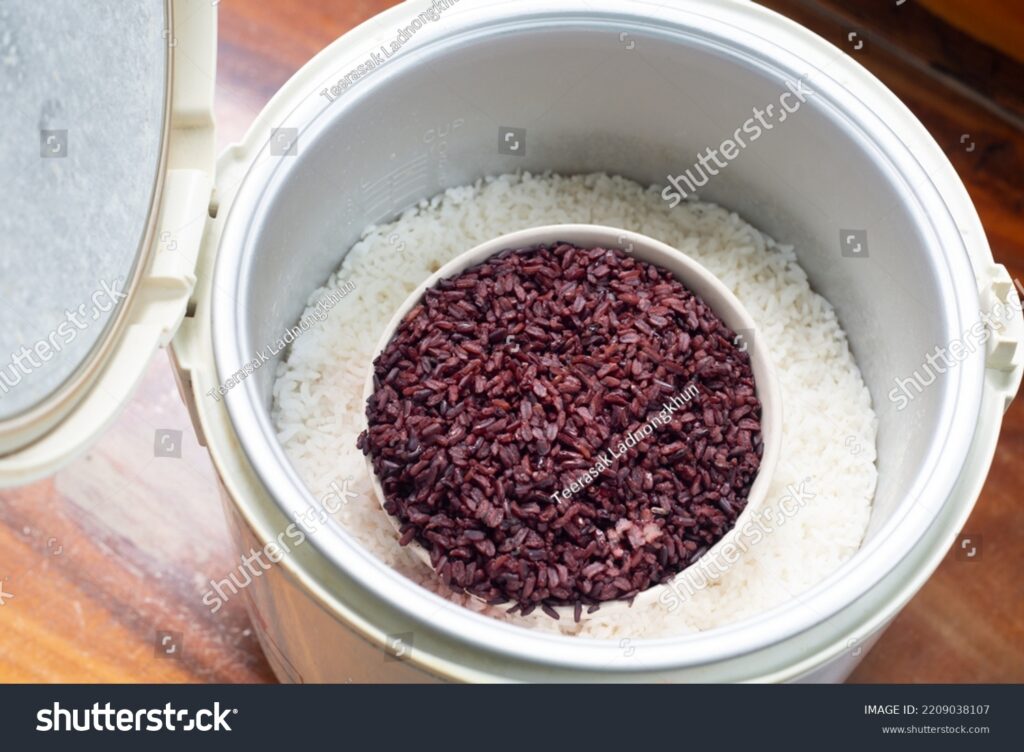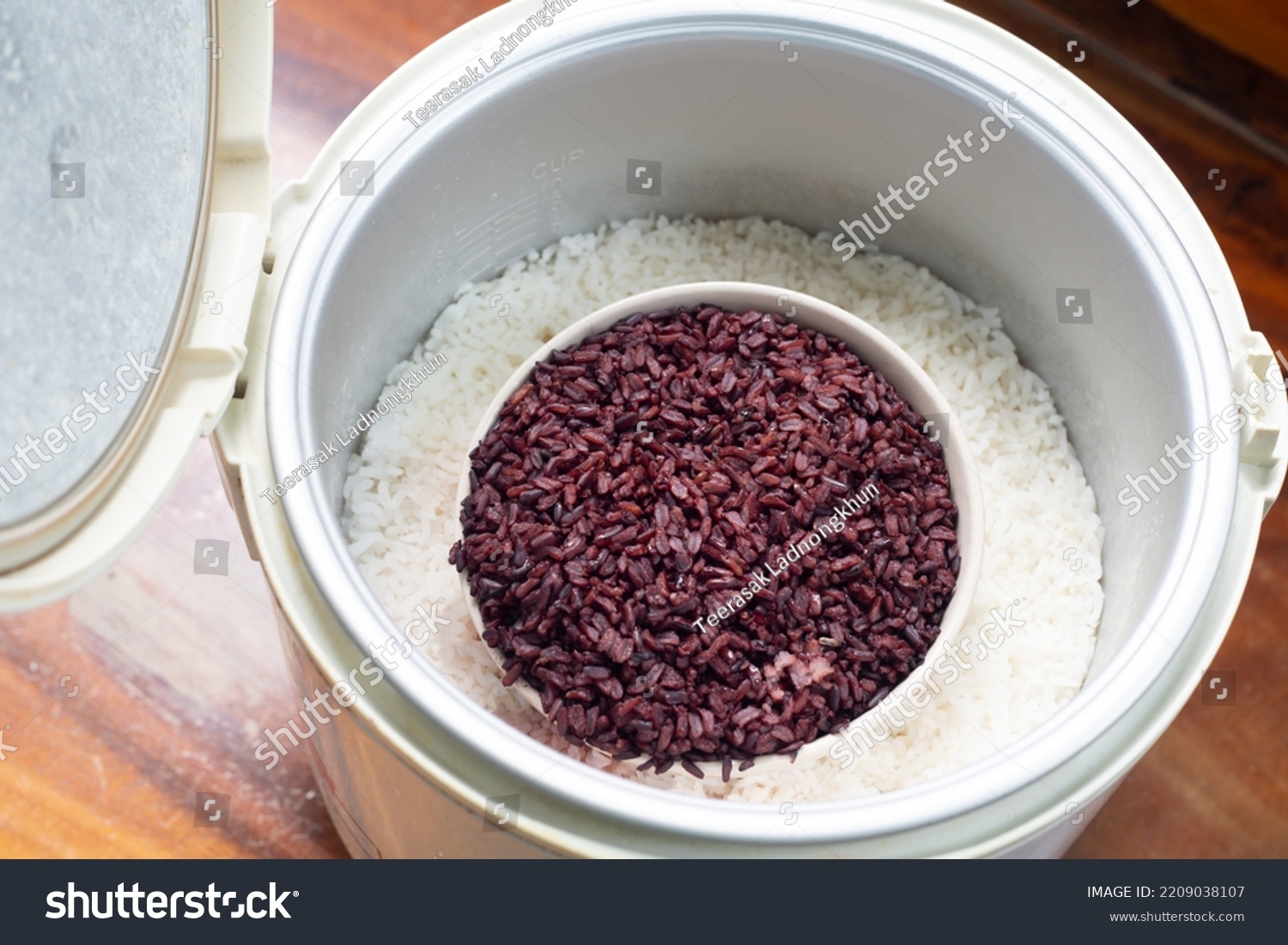
Different Types of Rice Cookers: A Comprehensive Guide
Rice is a staple food for billions of people around the world, and the rice cooker has become an indispensable appliance in many kitchens. Choosing the right type of rice cooker can significantly impact the quality of your cooked rice and your overall cooking experience. This comprehensive guide explores the different types of rice cookers available, their features, benefits, and drawbacks, helping you make an informed decision.
What is a Rice Cooker?
A rice cooker is an automated kitchen appliance designed to boil or steam rice. It consists of a heat source, a cooking bowl, and a thermostat. The thermostat measures the temperature of the cooking bowl and controls the heat. Once the rice is cooked and the water has been absorbed, the cooker automatically switches to a ‘keep warm’ mode, preventing the rice from burning or drying out.
Key Features to Consider
Before diving into the different types, it’s essential to understand the key features that differentiate them:
- Capacity: Rice cookers come in various sizes, measured in cups of uncooked rice. Choose a size that matches your household’s needs.
- Cooking Functions: Some cookers offer multiple functions beyond cooking white rice, such as brown rice, porridge, steaming, and slow cooking.
- Timer: A timer allows you to pre-set the cooking time, so you can have freshly cooked rice ready when you need it.
- Keep Warm Function: This keeps the rice warm and moist for hours after cooking.
- Material: The inner pot material affects the cooking process and cleaning. Common materials include non-stick coatings, stainless steel, and ceramic.
- Ease of Cleaning: Consider models with removable inner lids and dishwasher-safe parts for easy cleanup.
Types of Rice Cookers
Conventional Rice Cookers
Conventional rice cookers are the most basic and affordable type. They typically have a simple on/off switch and rely on a thermostat to detect when the water has been absorbed. Once the water boils off and the temperature rises, the cooker switches to the ‘keep warm’ mode.
- Pros: Affordable, easy to use, and readily available.
- Cons: Limited cooking functions, less precise temperature control, and may not cook rice as evenly as other types.
Micom (Microcomputer) Rice Cookers
Micom rice cookers, also known as fuzzy logic rice cookers, use a microcomputer to control the cooking process. They can adjust the temperature and cooking time based on the type of rice and the amount of water. This results in more evenly cooked and flavorful rice.
- Pros: Precise temperature control, multiple cooking functions, and can cook different types of rice perfectly.
- Cons: More expensive than conventional rice cookers, may have a steeper learning curve due to more features.
The advanced technology in Micom rice cookers ensures optimal cooking conditions for various types of rice. Whether it’s long-grain, short-grain, or brown rice, the microcomputer adjusts the cooking parameters to achieve the best possible texture and flavor.
Induction Heating (IH) Rice Cookers
Induction heating (IH) rice cookers use electromagnetic induction to heat the entire inner pot directly. This results in more even and efficient heating compared to conventional or Micom rice cookers. IH rice cookers often come with advanced features and multiple cooking functions.
- Pros: Extremely even heating, precise temperature control, and can cook rice to perfection.
- Cons: The most expensive type of rice cooker.
IH rice cookers are known for their ability to produce rice with exceptional texture and flavor. The uniform heating ensures that every grain is cooked evenly, resulting in a fluffy and delicious final product. [See also: Best Rice Cooker Brands]
Pressure Rice Cookers
Pressure rice cookers cook rice under pressure, which increases the boiling point of water and reduces cooking time. This can result in rice that is more tender and flavorful. Some pressure rice cookers also combine pressure cooking with induction heating for even better results.
- Pros: Faster cooking time, can produce very tender and flavorful rice.
- Cons: Can be more complex to use, requires careful attention to safety instructions.
The combination of pressure and heat in these rice cookers ensures that the rice is cooked quickly and evenly, resulting in a superior texture and taste. Pressure cooking also helps to retain more of the rice’s natural nutrients.
Multi-Functional Rice Cookers
Multi-functional rice cookers are designed to perform a variety of cooking tasks in addition to cooking rice. They often include features such as steaming, slow cooking, yogurt making, and even baking.
- Pros: Versatile, can replace multiple kitchen appliances.
- Cons: May not perform as well as dedicated appliances for certain tasks.
These versatile rice cookers are a great option for those who want to save space in their kitchen and simplify their cooking process. With a wide range of cooking functions, they can handle everything from rice and grains to soups and stews.
Choosing the Right Type for You
When choosing a type of rice cooker, consider the following factors:
- Budget: Rice cookers range in price from affordable conventional models to high-end IH and pressure cookers.
- Cooking Needs: If you only cook white rice occasionally, a basic conventional cooker may suffice. If you cook rice frequently or prefer different types of rice, a Micom or IH cooker may be a better choice.
- Features: Consider the features that are important to you, such as a timer, keep warm function, and multiple cooking functions.
- Ease of Use: Choose a cooker that is easy to operate and clean.
- Size: Select a cooker that matches the size of your household.
Tips for Using a Rice Cooker
To get the best results from your rice cooker, follow these tips:
- Measure the Rice and Water Accurately: Use the measuring cup provided with the cooker to measure the rice and water.
- Rinse the Rice: Rinse the rice before cooking to remove excess starch. This will help prevent the rice from becoming sticky.
- Use the Correct Water Level: Follow the manufacturer’s instructions for the correct water level for the type of rice you are cooking.
- Don’t Open the Lid During Cooking: Opening the lid during cooking can release steam and affect the cooking time and temperature.
- Fluff the Rice After Cooking: After the rice is cooked, fluff it with a rice paddle to separate the grains.
- Keep the Cooker Clean: Clean the inner pot and lid after each use to prevent bacteria growth.
Conclusion
Selecting the right type of rice cooker depends on your individual needs and preferences. Whether you opt for a simple conventional model or a high-tech IH cooker, understanding the different types and features will help you make an informed decision. With the right rice cooker, you can enjoy perfectly cooked rice every time. By considering your budget, cooking needs, and desired features, you can find the perfect rice cooker to suit your lifestyle.
Investing in a quality rice cooker can transform your cooking experience and elevate your meals. Take the time to research the different options available and choose a model that meets your specific requirements. With the right type of rice cooker, you can enjoy consistently delicious and perfectly cooked rice with ease.
Ultimately, the best rice cooker is the one that best fits your needs and cooking style. Explore the various options, read reviews, and compare features to find the perfect appliance for your kitchen. Happy cooking!

